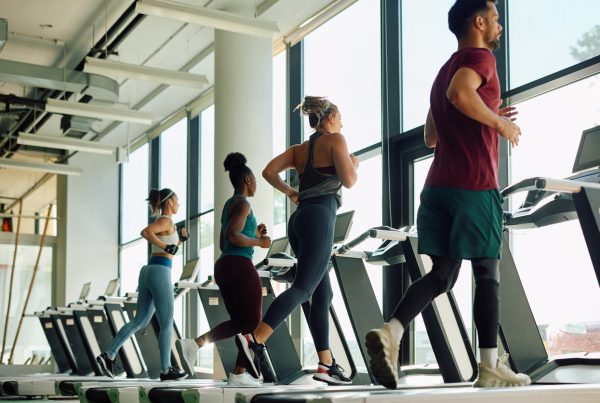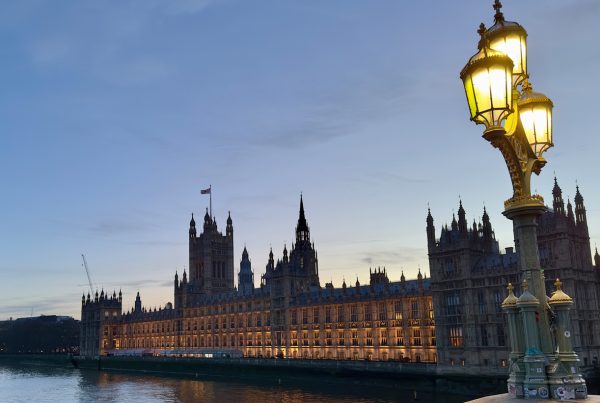By Professor Greg Whyte, Chair of the ukactive Scientific Advisory Board and Professor of Applied Sport and Exercise Science at Liverpool John Moore’s University
I have previously outlined the importance of exercise in reducing COVID-19 infection, and dampening the deleterious response to the infection. Furthermore, I have outlined the importance of exercise and the vaccine. Combined, it is clear that the leisure and fitness sector should be viewed as an essential service during this public health crisis, a topic I have previously addressed, however, an emerging need for the leisure and fitness sector further supports the call for ‘essential service status’.
Our growing understanding of the impact of COVID-19 infection has led to the increasing recognition of potential long-term complications for some people including: prolonged illness (ie Long-COVID); physical disease (cardiac, pulmonary, renal, neural et al); and psychological disease. In addition to clinical management, these long-term complications require rehabilitation to allow people to return to normal life. With more than three million positive cases to date in the UK (likely to be an underestimate based on access to testing), we face an unprecedented demand for rehabilitation to avoid a public health crisis long into the future.
While long-COVID and its treatment is poorly understood at present, due to the novelty of the disease, it is clear that for patients who are not suffering from long-COVID but have experienced prolonged inactivity and a reduction in physical fitness, there is a clear and present need for physical rehabilitation in the form of physical activity and exercise.
A number of specialists have proposed models for return to physical activity following symptomatic COVID-19 infection, including my own work with The Intensive Care Society in post-COVID post-ICU patients (Montgomery et al, 2020; Whyte et al, 2020), and elite athletes returning to training (Elliott et al, 2020), and in the general population (Salman et al, 2021). While these models have been published, it remains unclear how rehabilitation services will be delivered by a national health service that is at breaking point.
The pre-existing role of the fitness and leisure sector in rehabilitation is clear, with the vast majority of rehabilitation services currently being provided by the leisure and fitness sector for multiple diseases.
We know that 66% of our nation’s cancer prehabilitation and rehabilitation support services are delivered at leisure centres, with 69% of provision funded through local authorities and the third sector. In addition, 73% of functional assessments and 80% of exercise to support these interventions are delivered by Level 4 instructors from the sector.
Together with the specialist, trained workforce to deliver rehabilitation programmes, the facilities provided by the leisure and fitness sector are essential to the future health of the nation. Unfortunately, these well-established facts, come at a time of impending catastrophe for the leisure and fitness sector. Forced closure of this essential service which has proven COVID-secure measures associated with an extremely low prevalence of COVID among visitors to facilities, mean that zero income through three national lockdowns have led to an industry on a financial ‘cliff edge’, with the imminent closure of large sections of the sector, if support is not made available.
It is clear that the fitness and leisure sector is an essential service that is growing in importance as we continue to struggle with the COVID-19 pandemic and the devastating impact on treatment of other diseases which will undoubtedly impose an increasing burden on a health service already at breaking point.
While dealing with the present danger of COVID-19, we must plan for the future if we are to recover, on an individual and population level, from this catastrophic pandemic. Those plans must include the survival, recovery and development of the fitness and leisure sector to ensure appropriate support for population health, now and long into the future.
References
Salman, D., Vishnubala, D., Feuvre, P., Beaney, T., Korgaonkar, J., Azzem, M. and McGregor, A. Returning to Physical Activity after COVID-19. BMJ 2021;372:m4721 doi:10.1136/bmj.m4721.
Elliott, N., Rhodri, M., Heron, N., Elliott, J., Grimsted, D. and Biswas, A. Infographic. Graduated Return to Play Guidance Following COVID-19 Infection. Br J Sports Med 2020.
Montgomery, H. et al. Responding to COVID-19 and Beyond: A Framework for Assessing Early Rehabilitation Needs Following Treatment in Intensive Care. The National Post-Intensive Care Rehabilitation Collaborative. Intensive Care Society 2020
Whyte, G., Kipps, C., Patton, B., Loosemore, M. and Corner, E. Musculoskeletal and Physical Therapy for COVID-19 Patients in ICU and Beyond. Intensive Care Society 2020




